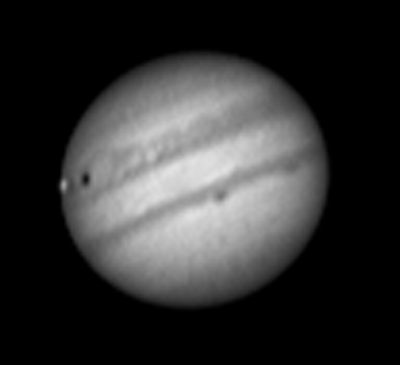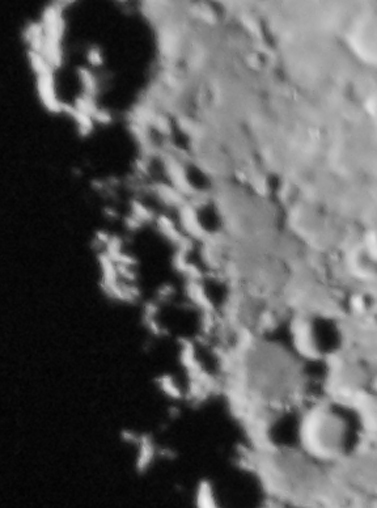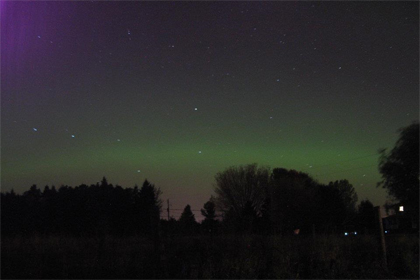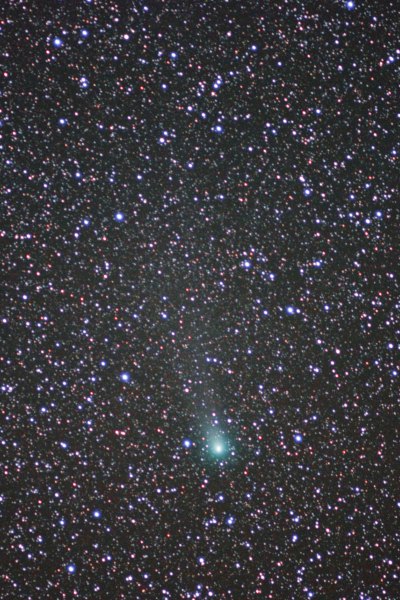A rather late decision (due to uncertainty about the weather) to head out to Binbrook proved to be worthwhile. A notice to all members was quickly sent out (and promptly duplicated) since we were eager to go. The forecast and skies had cleared up and as a result, we had a very respectable November evening observing.
There was nothing special planned. We knew it wasn’t going to be a great night for imaging, but any night to get out for a few hours is worth the effort. Jim, Vince, Keith, John, Tony and myself enjoyed some very nice views of the moon, Jupiter, a number of Messier objects and plenty of double stars. There was a wide variety of scopes, giving each of us a wide choice to try. Schmidts, Maks, Schmidt-Newts, DOB’s and refractors – everyone had something different. So it was an ideal night to compare similar objects with unique equipment.
Wind was absent which helped to keep the temperatures feeling tolerable, though it did eventually get a bit wet from dew. We packed up around 11:30 and headed off to Tim Horton’s to warm up and swap some observing stories – which is always a fun part of the evening.
Sadly we haven’t had many good observing nights this fall and when an opportunity comes up, we don’t often have a lot of advance notice. But hopefully next time we can give more warning and get more members out. It’s a lot of fun, and definitely a case of “more” is better. We’d love to have you join us.




